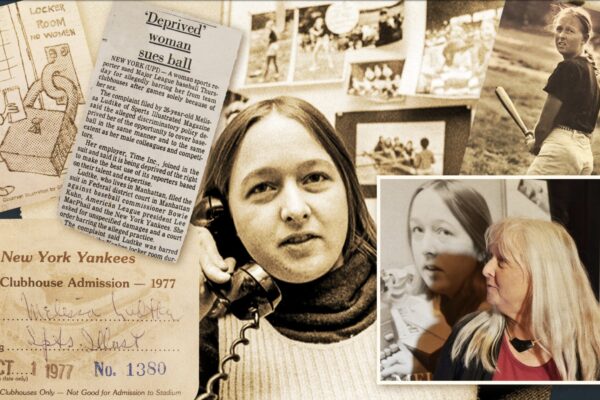I have watched the Indianapolis 500 from Row 19 of Stand C for 11 years. More specifically, I have watched the race from the very edge of Stand C — right outside of Turn 4 and across from the entrance to the pits. Until this year, Race Day was to get to the track, eat first lunch, watch the on-track parades, eat second lunch, watch the race, eat dessert, watch the finish, and jump the rail. Jump the rail.
The first level of Stand C is split into two access points. To get to my seat about halfway up the grandstand, I’d have to walk around the front of the stands and up, stumble over an entire row of spectators, and finally land in my seat by the rail. The alternate — and the most popular — route to and from my seat is to jump the rail.
The second access point of Stand C is intended for the upper-half of the first level, a staircase that serves those upper-half rows of seats. The staircase doesn’t access my row unless one jumps over the railing and onto the landing between flights of stairs. From there, restrooms, concessions, and track exits are easy to access.
Jumping the rail became a family rite of passage long before I was old enough to appreciate the significance of the 500. The seats by the rail have been in my family for upwards of 50 years, dating all the way back to the 1980s and before. Any friends that inquired about extra tickets were asked, “I don’t know, can you jump the rail?” I had to wait until I was 12 to attend the race just to be certain I could make it over the rail unassisted.
At the end of the afternoon, the sheer volume of patrons exiting the track creates insurmountable pedestrian obstacles, not to mention their varying levels of intoxication. Jumping the rail gives me and my family a head start on the traffic.
As soon as the race winner crosses the start-finish line, the real race begins. One person over the rail, then another, then a mosaic of coolers and trash bags and purses and people. We’d jump the rail, have a couple objects thrust into our hands, and were told to go. Go straight to the car and don’t look back. It’s a free-for-all maneuver, every man for himself.
I’ve jumped the rail for 11 of the last 12 Indy 500’s — all until this year. When I had the opportunity to cover a race that held so much significance to me, my family, and my home state of Indiana, I knew I had to take it.
I watched the 107th running of the Indianapolis 500 from IMS’s Media Center, heard drivers describe heartbreak and elation, and realized a level of comfort in the discomfort of my first real experience in journalism.
I officially left my major field on the Friday preceding the race to pursue a career in journalism. To me, it felt a lot like the first time I jumped the rail. The buildup and anticipation were identical, as was the exhale of resolution.
The jumping of metaphorical rails is scary. It’s hard to let go of the handrail and the landing can’t be seen from midair, but the euphoria of the jump overpowers the fright of the fall. In the midst of my inner turmoil as I considered the future of my career, my Mom told me, “If fear is the only thing holding you back, that isn’t a good enough reason not to do it.” So I’ll do it scared, because any rail worth jumping is going to have elements of it that are uncertain.
I might not have jumped the rail in Stand C this year, but I did jump a rail out of discontentment and into a field that I’m passionate about, a field I find fulfilling. This new perspective on a race that I love taught me lessons in waves, but none more important than the significance of jumping the rail and doing it scared. In any discipline, at any time, in any place, jump the rail.
By Madison Chandler


